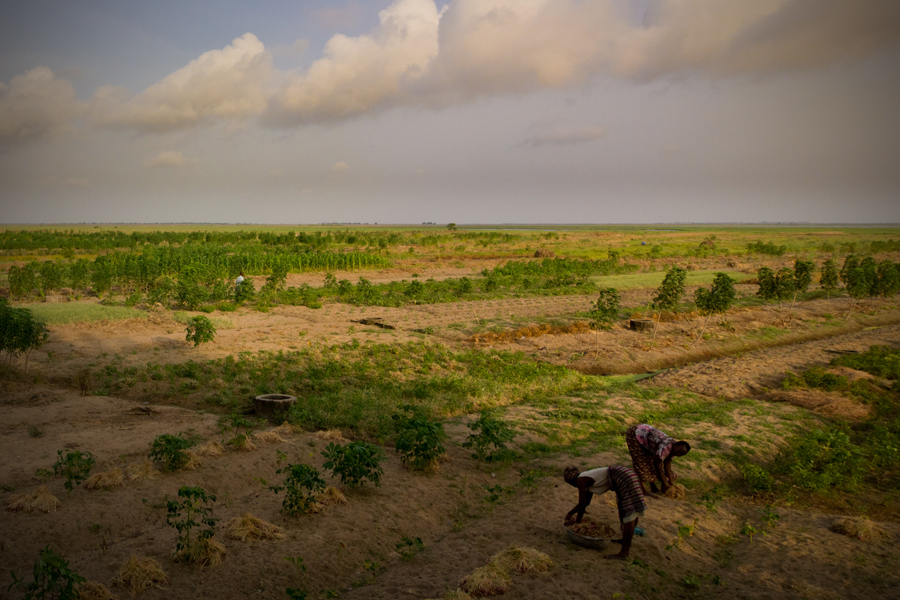
Community land ownership is becoming an essential tool for inclusive economic growth, especially in regions where equitable access to land remains a challenge. By pooling resources and establishing collective governance, communities can not only secure land but also unlock its economic potential. Here, we explore various models of community land ownership, their financial implications, and how they contribute to sustainable development.
What Is Community Land Ownership?
Community land ownership refers to land held collectively by a group of individuals, often for shared benefit. This model stands in contrast to individual ownership and has been instrumental in fostering economic inclusion and sustainability. From rural cooperatives in Africa to urban land trusts in the West, community land ownership adapts to different economic and social contexts.
Popular Community Ownership Models
1. Cooperative Land Ownership
This model allows communities to pool resources to purchase and manage land collectively. Members have equal stakes, and decisions are made democratically. Cooperative models are particularly popular in agrarian economies where collective farming can boost productivity and income.
2. Land Trusts
Land trusts are non-profit organizations that acquire and manage land to benefit communities. By removing land from speculative markets, these trusts ensure long-term affordability and equitable access.
3. Customary Land Tenure
Prevalent in many African countries, customary land tenure is governed by traditional practices and often overseen by local leaders. It provides a framework for communal land use and management, fostering stability and preserving cultural practices.
4. Public-Private Partnerships (PPPs)
Governments and private entities collaborate with communities to develop land for mutual benefit. PPPs are especially useful in urban areas where resources are limited, offering innovative solutions for affordable housing and infrastructure.
5. Collective Land Acquisition
Communities come together to acquire land through collective savings or credit. This model empowers low-income groups, ensuring they have a stake in regional development.
6. Commons Management Systems
Under this model, land is managed as a shared resource, often with a focus on sustainability. Examples include grazing lands in rural Africa or community forests in Asia.
7. Leasehold Models
Communities lease land from the government or private owners, with agreements that promote equitable and sustainable use. This is common in regions where outright ownership is unattainable.
Financial Benefits of Community Land Ownership
1. Unlocking Access to Credit
Collective land ownership can serve as collateral, enabling communities to access loans for development projects, including agriculture and housing.
2. Revenue Generation
Shared land can be monetized through activities like farming, leasing, or ecotourism, creating sustainable income streams.
3. Reduced Land Speculation
By securing land for communal use, community ownership reduces speculative activities that often inflate land prices, ensuring affordability.
4. Wealth Redistribution
This model fosters inclusivity by redistributing wealth and opportunities within marginalized communities.
Challenges Facing Community Land Ownership
While the benefits are evident, several challenges impede the adoption of community land ownership models:
- Legal Ambiguities: Weak or outdated legal frameworks can make it difficult to register and govern community-owned land.
- Conflict Management: Differing interests among members may lead to disputes, particularly in diverse communities.
- Access to Finance: Without robust financial backing, some communities struggle to acquire or develop land.
- External Pressures: Urbanization, government interests, or private investors may challenge community claims.
Case Studies
1. The Kenya Land Trust Movement
Land trusts in Kenya have helped safeguard community resources, particularly in ecologically sensitive areas like the Maasai Mara.
2. Cooperative Farming in Ethiopia
Farmers in Ethiopia have benefited from cooperative ownership models, significantly boosting agricultural yields and incomes.
3. Urban Land Trusts in the U.S.
Cities like Boston have embraced urban land trusts to ensure affordable housing for low-income residents, offering a template for similar initiatives globally.
Community Ownership and Sustainable Development
Community land ownership aligns with global development goals, including SDG 1 (No Poverty) and SDG 11 (Sustainable Cities and Communities). By empowering communities to manage their resources, these models foster resilience and adaptability in the face of challenges like climate change.
Steps to Establish Community Land Ownership Models
- Engage Stakeholders: Build consensus among community members, local leaders, and external partners.
- Legal Registration: Secure legal recognition to protect community rights.
- Financial Planning: Develop sustainable revenue models to fund land acquisition and development.
- Capacity Building: Train members in governance and resource management.
- Monitor and Evaluate: Regularly assess the impact and make necessary adjustments.
Also Read: How Kenyans in the Diaspora Can Invest in Real Estate
Community land ownership models represent a promising pathway for inclusive and sustainable development. By addressing challenges and leveraging their financial benefits, these models can transform marginalized communities into hubs of growth and opportunity. As the world grapples with issues like land inequality and urban sprawl, embracing collective ownership could be a game-changer.





